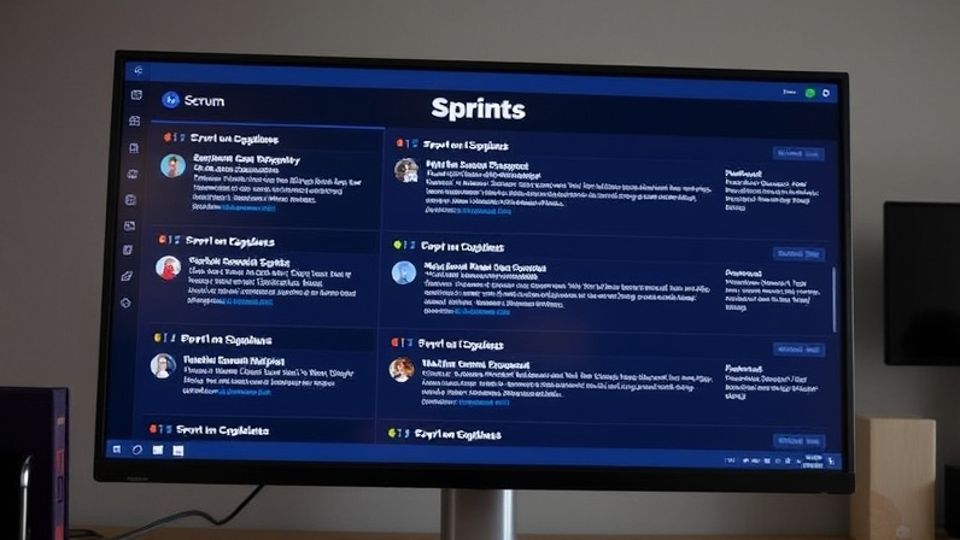What are Sprints in Agile?
In today's fast-paced world of software development and project management, the term "Sprint" has become synonymous with efficiency and adaptability. But what exactly are sprints in the context of Agile methodology, and why have they become integral to modern project execution?
Defining Sprints
A Sprint is a time-boxed period during which a specific set of work must be completed and ready for review. Typically lasting from one to four weeks, sprints are central to the Scrum framework, one of the most widely used Agile methodologies.
Anatomy of a Sprint
- Sprint Planning
Every sprint begins with planning. During this stage, the team selects items from the product backlog to work on based on priority and capacity.
- Daily Stand-ups
Throughout the sprint, team members engage in brief daily meetings—often called stand-ups—to discuss progress, plans, and any roadblocks.
- Sprint Execution
This is the core phase where team members collaborate to tackle their assigned tasks, solving problems as they arise.
- Sprint Review
At the end of the sprint, the team presents completed work to stakeholders, gathering valuable feedback and insights.
- Sprint Retrospective
The sprint concludes with a retrospective, where the team reflects on their processes to identify areas for improvement.
The Power of Sprints in Agile Methodology
- Focused Productivity: Breaking work into manageable units allows teams to maintain focus and avoid feeling overwhelmed by large, complex projects.
- Adaptability and Flexibility: The short duration of sprints enables frequent reassessment and adjustments, keeping projects aligned with evolving business needs.
- Continuous Improvement: Regular retrospectives foster a culture of ongoing enhancement, allowing teams to refine their processes with each sprint.
- Predictable Delivery: Sprints establish a consistent rhythm in development, making it easier to forecast when new features will be ready for release.
Maximizing Sprint Effectiveness with Vabro
While understanding sprints is essential, having the right tools to implement them effectively is crucial. This is where Vabro shines as an exceptional Agile project management solution.
- Intuitive Sprint Planning: Vabro’s user-friendly interface simplifies sprint planning. Its drag-and-drop feature enables teams to easily prioritize and assign tasks from the product backlog to the sprint backlog.
- Real-time Progress Tracking: Team members and stakeholders can monitor sprint progress in real-time through dynamic dashboards, ensuring clarity and accountability throughout the sprint cycle.
- AI-Powered Sprint Analytics: Vabro’s innovative AI analyzes past sprint performance to provide insights and recommendations, optimizing future sprints and enhancing team velocity and efficiency.
- Seamless Integration: Vabro integrates effortlessly with popular development tools, automating updates and reducing manual data entry during sprints.
- Customizable Agile Workflows: Recognizing that every team’s Agile journey is unique, Vabro offers options to customize sprint workflows to align with specific needs and processes.
The Vabro Advantage in Sprint Management
What sets Vabro apart in managing Agile sprints is its holistic approach to the entire sprint lifecycle. Vabro provides a connected environment—from planning to retrospective—facilitating not just smooth sprint execution but also fostering a culture of continuous improvement and adaptability.
By leveraging Vabro, teams can maximize their sprint effectiveness and drive project success in a dynamic business landscape.
